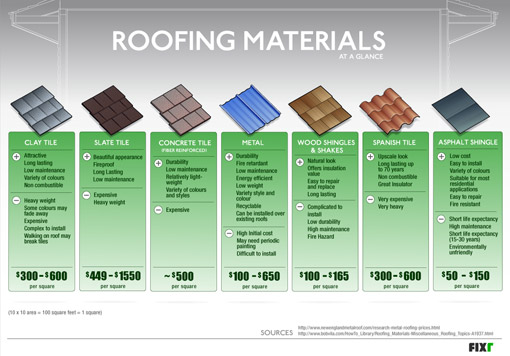The Function Of Roof Covering Air Flow In Ensuring A Successful Setup
The Function Of Roof Covering Air Flow In Ensuring A Successful Setup
Blog Article
Write-Up Composed By-Morrow Vogel
When you're dealing with a roof covering project, you may not believe much regarding roofing system air flow, yet it's even more crucial than you realize. Read Full Report assists control temperature and wetness in your attic room, stopping troubles like mold and mildew and architectural damage. By understanding exactly how to create and set up a balanced ventilation system, you can boost energy efficiency and prolong the life expectancy of your roofing products. So, what are the essential factors to consider during installation that can make all the difference?
Importance of Roof Covering Air Flow
Roof ventilation plays a critical function in keeping the general health and wellness of your home. By allowing fresh air to circulate through your attic, it helps manage temperature level and moisture degrees. This equilibrium is necessary to avoid heat accumulation during warm months, which can bring about increased energy costs as your cooling burns the midnight oil.
In addition, proper air flow substantially reduces the danger of moisture-related concerns like mold and mildew. If moisture levels climb, your home's structural stability can be jeopardized, leading to costly repair work. You wouldn't intend to handle decomposing wood or distorted roof covering materials, right?
Additionally, metal roofing expands the life-span of your roofing system. When heat and moisture are kept in check, your roofing can perform ideally, stopping premature wear and tear. This means fewer headaches and expenditures down the line.
Just How Roofing Ventilation Works
Efficient roofing system ventilation relies upon the all-natural movement of air to develop a balance between intake and exhaust. When you install vents, you're essentially enabling fresh air to enter your attic room while allowing hot, stagnant air to escape. This process helps regulate temperature level and wetness levels, preventing problems like mold growth and roof covering damages.
Intake vents, normally discovered at the eaves, attract amazing air from outdoors. On the other hand, exhaust vents, located near the ridge of the roof covering, let hot air surge and exit. The distinction in temperature produces an all-natural airflow, called the pile effect. As cozy air increases, it produces a vacuum cleaner that draws in cooler air from the lower vents.
To maximize this system, you require to guarantee that the intake and exhaust vents are appropriately sized and positioned. If the intake is restricted, you won't accomplish the desired ventilation.
Similarly, insufficient exhaust can catch warmth and moisture, resulting in potential damage.
Trick Setup Factors To Consider
When setting up roof covering ventilation, a number of vital considerations can make or break your system's effectiveness. First, you need to evaluate your roofing system's style. patio roof contractors near me , shape, and products all influence airflow and ventilation choice. Make certain to select vents that match your roof kind and regional environment problems.
Next off, consider the placement of your vents. Ideally, you'll desire a well balanced system with intake and exhaust vents positioned for optimal airflow. contractor for kitchen remodel heights tx on the roof covering and exhaust vents near the peak to urge an all-natural flow of air. This setup aids prevent wetness build-up and advertises energy efficiency.
Don't forget about insulation. Appropriate insulation in your attic room stops heat from escaping and keeps your home comfy. Make certain that insulation doesn't block your vents, as this can hinder air flow.
Finally, consider upkeep. Pick ventilation systems that are easy to accessibility for cleaning and assessment. Regular upkeep guarantees your system continues to function effectively with time.
Final thought
Finally, roofing air flow is vital for an effective installation. By guaranteeing appropriate air flow, you can avoid heat accumulation and wetness concerns that result in pricey damage. When you tactically placement intake and exhaust vents, you improve energy efficiency and prolong the life expectancy of your roof. Keep in mind, a well-ventilated roofing system not only safeguards your investment yet likewise enhances your interior air quality. So, focus on ventilation to make certain a durable and economical roof for your home.
